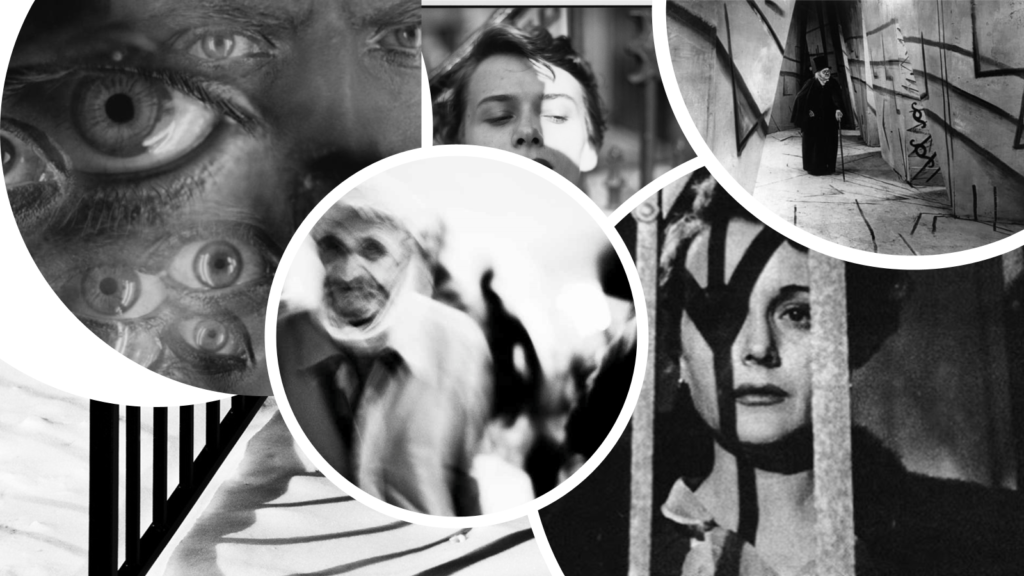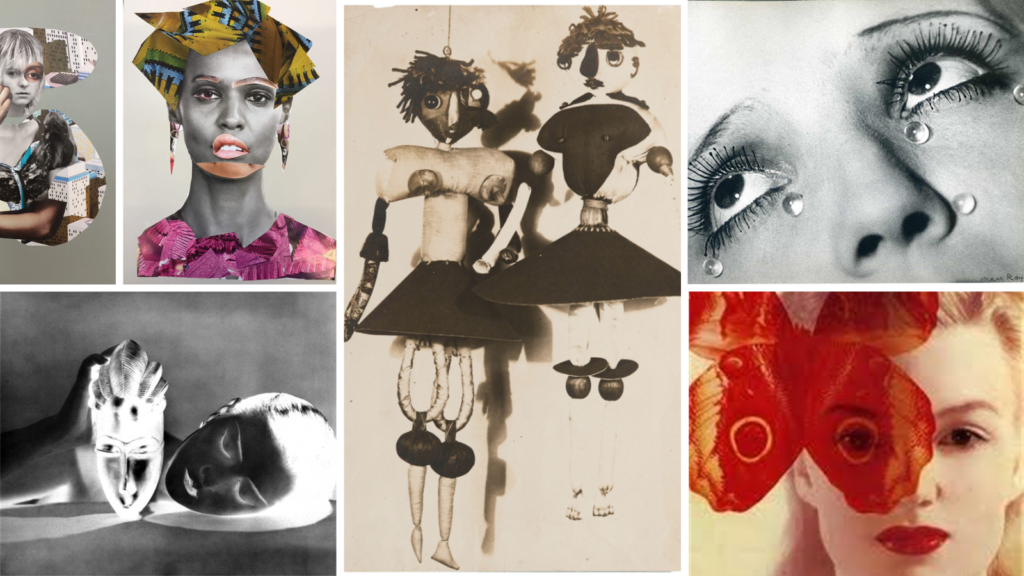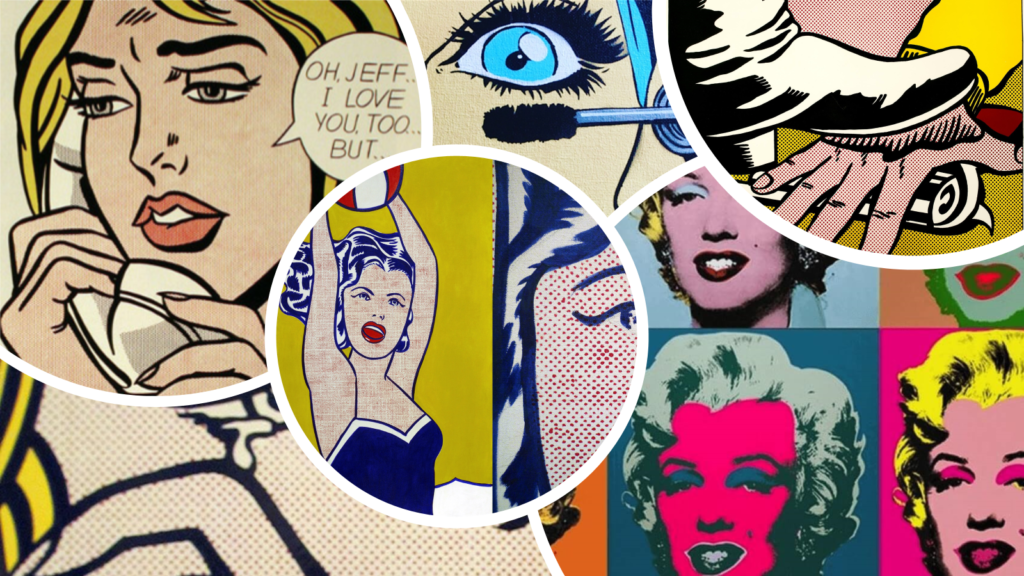
Expressionism
It’s a modernist movement that emerged in early 20th-century Germany. Artists working in this style distort the reality of their subjects in order to “express” their own emotions, feelings, and ideas.
With an aesthetic and approach heavily inspired by the paintings of Vincent van Gogh and Edvard Munch—two artists viewed as predominant precursors of the movement—Expressionists employed artificial colour palettes, energetic brushstrokes, and exaggerated textures in their works. Together, these characteristics culminate in avant-garde paintings that favour the subjective over the true-to-life in order to reveal a glimpse into the psyche of artists.

Cubism
Cubism was a revolutionary new approach to representing reality invented in around 1907–08 by artists Pablo Picasso and Georges Braque. They brought different views of subjects (usually objects or figures) together in the same picture, resulting in paintings that appear fragmented and abstracted.

Impressionism
A major movement, first in painting and later in music, that developed chiefly in France during the late 19th and early 20th centuries. Impressionist painting comprises the work produced between about 1867 and 1886 by a group of artists who shared a set of related approaches and techniques.

Dadaism
Dadaism was an artistic and literary movement that began in Zürich, Switzerland. It arose as a reaction to World War I and the nationalism that many thought had led to the war. Influenced by other avant-garde movements – Cubism, Futurism, Constructivism, and Expressionism – its output was wildly diverse, ranging from performance art to poetry, photography, sculpture, painting, and collage. Dada’s aesthetic, marked by its mockery of materialistic and nationalistic attitudes, proved a powerful influence on artists in many cities, including Berlin, Hanover, Paris, New York, and Cologne, all of which generated their own groups. The movement dissipated with the establishment of Surrealism, but the ideas it gave rise to have become the cornerstones of various categories of modern and contemporary art.

Pop Art
Pop art is an exciting, colourful, and vibrant art movement that emerged in the UK and the US during the 1950s. When Pop Art first emerged as a style, it was radical and shocking, a stark contrast to the abstract expressionism style that preceded it. When it emerged on the scene, Pop art was not a popular style, as the name might suggest. Instead, the movement takes its name from the subject matters which inspired it. Film, comics, commercials, and other forms of popular culture.
Pop Art crosses mediums and is observed across sculpture, paintings, shadow boxes, mixed media artworks, and drawings. What unites Pop Art artworks is the subject matter and themes that inspire them.
Pop Artists changed the perception of what art is. They broke down the barriers between so-called “high art” and commercial art or “low art,” seen in popular culture. Pop artists took inspiration from film, comic books, advertising, product packaging, and other commercial designs.
Futurism
Focusing on progress and modernity, the Futurists sought to sweep away traditional artistic notions and replace them with an energetic celebration of the machine age. Focus was placed on creating a unique and dynamic vision of the future and artists incorporated portrayals of urban landscapes as well as new technologies such as trains, cars, and airplanes into their depictions. Speed, violence, and the working classes were all glorified by the group as ways to advance change and their work covered a wide variety of artforms, including architecture, sculpture, literature, theatre, music, and even food.
Futurism was invented, and predominantly based, in Italy, led by the charismatic poet Marinetti. The group was at its most influential and active between 1909 and 1914 but was re-started by Marinetti after the end of the First World War. This revival attracted new artists and became known as second generation Futurism. Although most prominent in Italy, Futurist ideas were utilized by artists in Britain (informing Vorticism), the US and Japan and Futurist works were displayed all over Europe. Russian Futurism is usually considered a separate movement, although some Russian Futurists did engage with the earlier Italian movement. Futurism anticipated the aesthetics of Art Deco as well as influencing Dada and German Expressionism.
